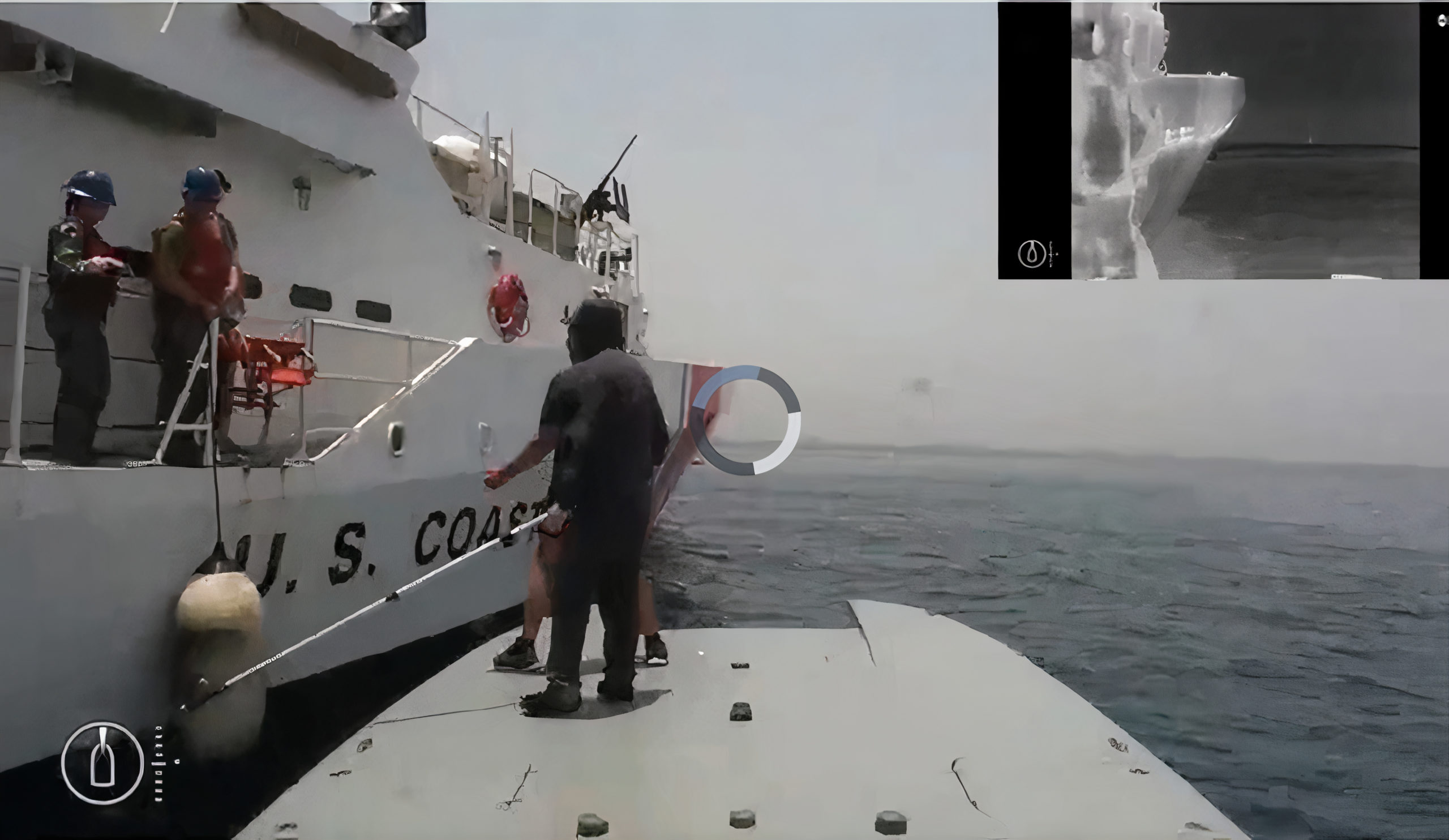Recently, during an exercise in the Persian Gulf, a MARTAC Devil Ray USV was refueled by a USCG vessel. The production version of the Devil Ray can go more than 1000 nautical miles at normal speed but with refueling it obviously can stay on operations much longer.
And staying on station much longer is what it can do as well. During another recent exercise in the Gulf region, the Devil Ray went more than 1300 nautical miles while operating autonomously more than 90% of its time at sea.
With an ability to be refueled at sea, the Devil Ray USV becomes part of the at sea operational force. It can work with a wide variety of ships such as commercial ships, USCG vessels, all types of naval combat ships, and can empower them with its payload flexibility and with launch point agnosticism. With an ability to hand over command of the USV to various members of a maritime combat cluster, the USV can support a wide variety of assets to a variety of missions.
With the interchangeability of mission sets – ISR, C2, medevac, logistical support, and with a potential to carry weapons, this simple refueling at sea suggests the extent of change which USVs, notably operating as a wolfpacks of various sizes of the USVs – MARTAC currently operates three sizes of their USVs, the 12-foot MANATAS, its new productionized 24-footer or the 38-foot Devil Ray.


